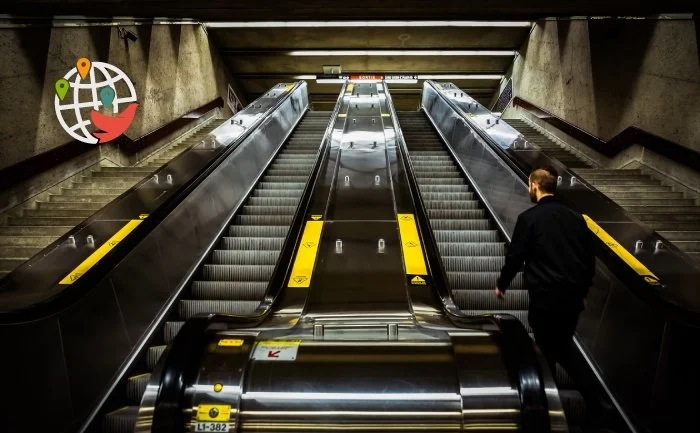Urban transportation in Canada

Is it convenient to live in Canada without your car?
Statistics show that 82% of Canadians live in large and medium-sized cities. At the same time, 83% of Canadians have a car, and 81% believe it is impossible to live without one. By comparison, in Russia there are fewer city dwellers, the climate is similar, but only every second family has a car, not a person.
Montreal is considered to be the most comfortable city in Canada in terms of public transport. It ranked among the top 50 cities in the world in this respect.
Three cities in Canada have the fastest form of public transport, the subway:
-
Montreal;
-
Vancouver;
-
Toronto.
It is not as beautiful as the Moscow or St. Petersburg ones, but there are pluses. Many stations have elevators that are convenient for disabled people and women with baby carriages, whereas in Russia, a few years ago, people with disabilities were not allowed on the escalators even with an escort.
In Montreal, for example, there are elevators in 19 stations, and even healthy people can use them. And in 2021, they opened an underpass leading from the subway directly to one of the city's hospitals. Money is constantly being allocated to bring subway stations up to accessibility standards, even if officials admit that it's technically difficult and therefore time-consuming and expensive. By the way, buses have ramps, too.
In Toronto, the subway, buses and streetcars are combined: a person with one ticket transfers from the subway to the bus, then to the streetcar, and pays nothing extra for 120 minutes after the first check. In Montreal, a person can use the subway and buses under the same conditions. It costs $3.25 CAD in Toronto, or 192 Russian rubles, and $3.5 CAD in Montreal, or 208 Russian rubles, in 2022. This is slightly more expensive than in St. Petersburg: 60 rubles for the subway and 55 for the streetcar and bus, for a total of 170 rubles.
The Canadian subway also has its disadvantages:
-
At rush hour, you have to miss several trains to get into a car;
-
no air conditioning;
-
The stations are often closed on weekends;
-
The signs say which way the train is going, not which station.
In big cities, ground public transport is gradually being replaced by environmentally friendly transport and supporting Canadians' desire to ride bicycles. Automatic rental stations offer bicycles for as little as $9 CAD per hour (500 rubles) and leave them at a similar location in another part of town. Rental companies often offer interesting itineraries, from a one-hour loop through the most scenic areas with tips in an app to a two-day trip to the suburbs, where you have a hotel room booked for the night and someone to turn to in case of a flat tire or a more serious breakdown.
You can ride bicycles in Canada in the winter, too. You must wear a helmet, otherwise you will be fined. There are also fines for riding on sidewalks and on highways (but there are enough bicycle lanes), and for talking on the phone while driving. The laws protect cyclists: cars must respect the side interval of not less than a meter, if they try to squeeze to the side of the road, you pay a fine of $ 110 CAD.
In the suburbs of big cities there are double-decker electric trains. This is convenient because it is difficult to get in and out of the city during rush hour by car. The price of a suburban train ticket depends on the length of the trip.
Double-decker cars started to be used in Toronto suburbs in 1979 — even then conventional electric trains couldn't cope with the passenger flow. Now GO Transit system electric trains and buses serve 7 million people in Toronto and its suburbs, stretching in some places as far as 140 kilometers from the city center.
Ninety percent of commuters travel to and from Toronto during rush hours, and before 2012, only two of the seven suburban train destinations had trains running all day. On the other five routes, if, for example, a person was going to work in the afternoon rather than in the morning, they had to use buses. Now the trains run more frequently, and the local railway company plans to achieve two-way traffic at 15-minute intervals on the most popular sections.
In small towns, things are much worse with public transportation. There are only buses that run on a "snow schedule" in winter, that is, they change their route to go on cleared roads. In addition, it is often impossible to get to neighboring towns without your car or a cab, so it is easier for people to buy a car and not freeze at the stops.
As a result, transportation companies close routes as unprofitable, or go bankrupt. The provincial authorities themselves buy buses to keep people from moving.





























